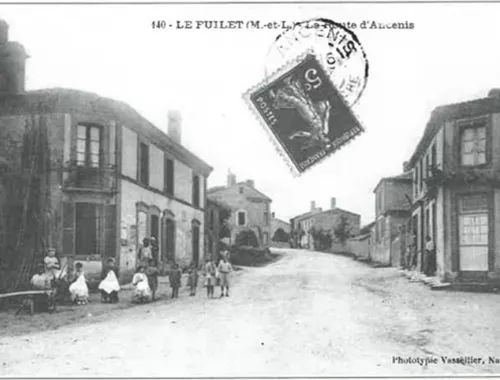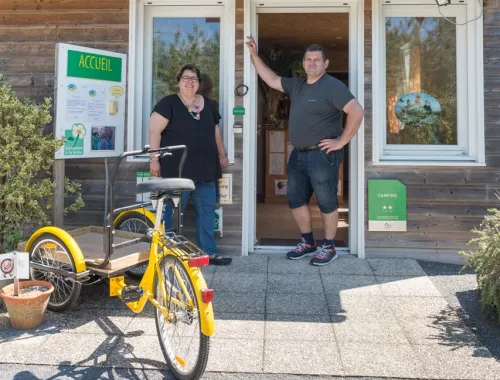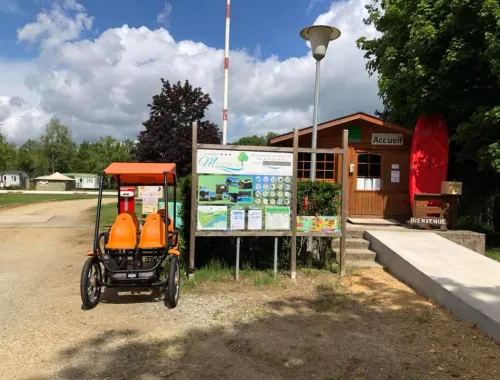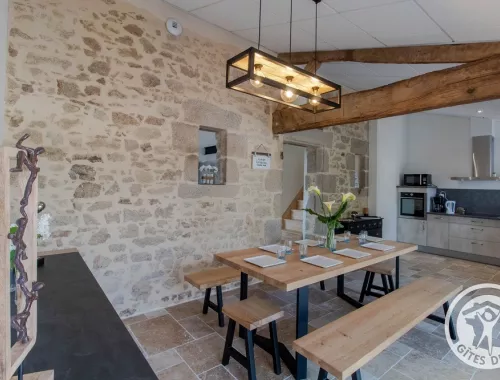The clogmaker and shoemaker trades are traditional crafts that play an important role in the history of footwear and clothing, each with its own specific features and unique know-how.
Gustave Pavion was the shoemaker at Le Fuilet in the early 20th century. He practised his trade in a converted room in his house, which served as both a workshop and a shop. His customers came from the surrounding hamlets, the village and even neighbouring towns. The repairs mainly concerned shoes, but also schoolbags and all leather objects. The work required strength and precision: removing and replacing soles, stitching with an awl, pointing heels or applying black varnish for mourning shoes. The smell of glue, leather and neoprene permeated the workshop, and the sound of the finishing bench polishing the soles was lively.
The materials - leather, glue and soles - were sourced from regional suppliers, while shoe orders were taken from catalogues. The shoemaker also sold complementary items: boots, cleaning products, hunting and veterinary equipment. The space was meticulously organised: workbench, anvil, leather chest, waiting shoes, shelves of products, cartridges kept under lock and key. In the attic, wooden lasts were kept, sometimes adapted to deformed feet, so that custom-made shoes could be made.
Distribution relied on a variety of means, with orders collected by bicycle, on foot or by motorbike. On Saturdays, the shoemaker took advantage of his rounds to deliver directly to customers.
Over time, the business diversified into the sale of products related to two-wheelers (Solexine, oil, petrol, gas). But competition from shoe factories and a shift in fashion towards less durable models gradually reduced the role of the traditional shoemaker. The majority of customers preferred to buy new, cheaper models.
For a long time, however, the cobbler's shop remained a place to go, where traditional craftsmanship and local service met the everyday needs of local people.







